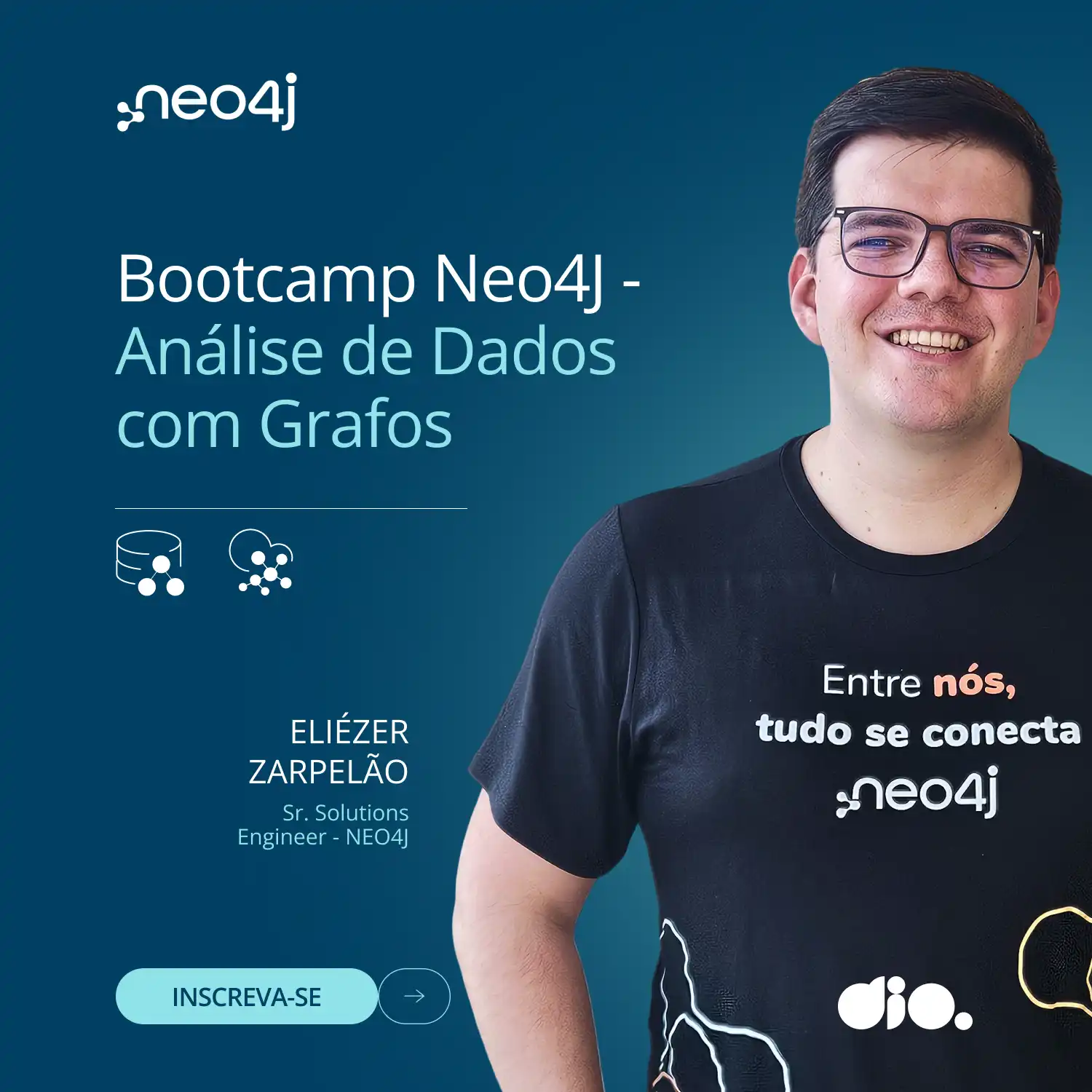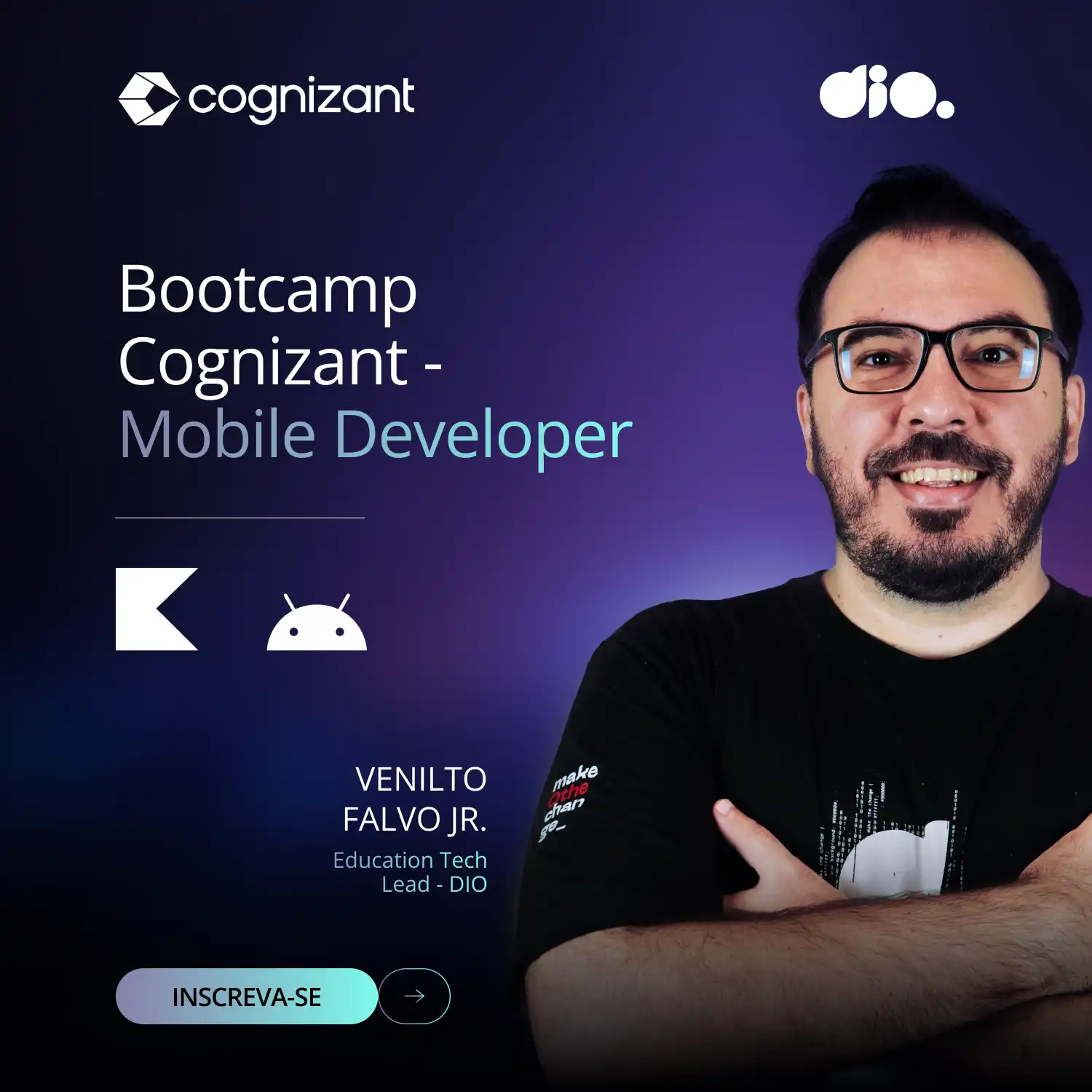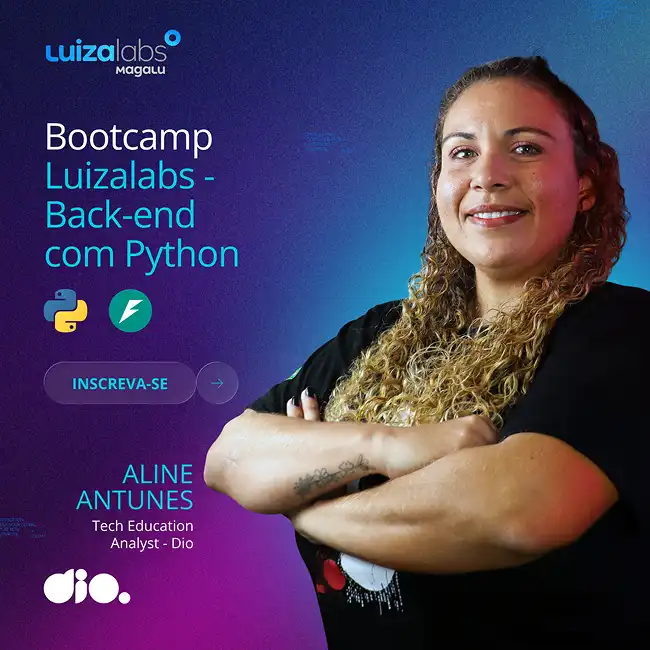AWS 101 Study Plan: Foundations of Cloud Computing with AWS
Hello everyone!!!
I hope everyone is well. I am sharing my study material on how to start the AWS certification and I made some drawings that I made in the draft to explain what will be covered in the first Cloud Practicioner test. If you have any questions, you can ask me and write them below. I kindly ask if you can help by liking or sharing… We are here to help.
Goal: Gain a fundamental understanding of AWS core services, concepts, and best practices.
Estimated Time: 2–4 weeks (approx. 10–20 hours total dedicated study time)
Key Resources:
- AWS Free Tier: Absolutely essential for hands-on practice.
- AWS Documentation: The official source for detailed information.
- AWS Skill Builder: Offers free digital training, including the “AWS Cloud Practitioner Essentials” course.
- YouTube Channels: Many excellent free tutorials (e.g., AWS re:Invent talks, specific service overviews).
- Online Courses (Optional): If you prefer structured learning, consider courses from platforms like Udemy, Coursera, or Pluralsight (look for “AWS Cloud Practitioner” or “AWS Foundations” courses).
- Practice Questions: To test your understanding.
Week 1: Core Concepts & Compute Services
Theme: Understanding the cloud paradigm and getting hands-on with virtual servers.
Day 1: Introduction to Cloud Computing & AWS Global Infrastructure
Concepts:
- What is cloud computing? (IaaS, PaaS, SaaS)
- Benefits of cloud computing (agility, cost savings, elasticity, global reach, security)
- AWS Global Infrastructure: Regions, Availability Zones (AZs), Edge Locations.
- Shared Responsibility Model.
- Basic AWS pricing concepts (pay-as-you-go, reserved instances, spot instances).
- Action: Watch an introductory video on AWS global infrastructure. Explore the AWS console to see regions.
- Hands-on: Sign up for the AWS Free Tier. Familiarize yourself with the console.
Press enter or click to view image in full size

Day 2: Introduction to Identity and Access Management (IAM)
Concepts:
- What is IAM? Users, Groups, Roles, Policies.
- Principle of Least Privilege.
- Multi-Factor Authentication (MFA).
- Action: Understand how IAM controls access.
- Hands-on: Create an IAM user and assign it to a group with basic permissions. Set up MFA for your root account.
Press enter or click to view image in full size

Day 3: Amazon Elastic Compute Cloud (EC2) — Basics
Concepts:
- What is EC2? Virtual servers in the cloud.
- Instance types, AMIs (Amazon Machine Images).
- Security Groups (virtual firewalls).
- Key Pairs for SSH access.
- Action: Read about EC2 instance types and their use cases.
- Hands-on: Launch your first EC2 instance (e.g., Amazon Linux 2 or Ubuntu). Connect to it via SSH. Remember to terminate your instance after practice to avoid charges!
Press enter or click to view image in full size

Day 4: EC2 — Advanced & Load Balancing
Concepts:
- Elastic IP addresses.
- EC2 purchasing options (On-Demand, Reserved Instances, Spot Instances).
- Auto Scaling Groups (ASG) — basic concept.
- Elastic Load Balancing (ELB) — Application Load Balancer (ALB), Network Load Balancer (NLB), Classic Load Balancer (CLB).
- Action: Understand when to use different purchasing options.
- Hands-on: Experiment with changing an EC2 instance type (stop, change, start). Briefly look at the Auto Scaling and Load Balancer console sections.
Press enter or click to view image in full size

Day 5: Introduction to Serverless — AWS Lambda
Concepts:
- What is serverless computing?
- AWS Lambda: event-driven, function-as-a-service.
- Triggers, runtimes.
- Use cases for Lambda.
- Action: Understand the benefits of serverless for certain workloads.
- Hands-on: Create a simple “Hello World” Lambda function. Test it.
Press enter or click to view image in full size

Week 2: Storage, Networking & Databases
Theme: Understanding how data is stored, how resources communicate, and different database options.
Day 6: Amazon Simple Storage Service (S3)
Concepts:
- What is S3? Object storage.
- Buckets, Objects.
- Storage Classes (Standard, Infrequent Access, Glacier, etc.).
- Bucket Policies, Access Control Lists (ACLs).
- Versioning, Lifecycle Management.
- Action: Understand the different S3 storage classes and their use cases.
- Hands-on: Create an S3 bucket. Upload a file. Make it publicly accessible (and then private again!). Experiment with versioning.
Press enter or click to view image in full size

Day 7: Amazon Elastic Block Store (EBS) & Instance Store
Concepts:
- EBS: Block storage for EC2 instances.
- EBS Volume types (gp2, io1, st1, sc1).
- Snapshots.
- Instance Store: Ephemeral storage.
- Action: Differentiate between S3, EBS, and Instance Store.
- Hands-on: Create an EBS volume and attach it to an EC2 instance. Create a snapshot of the volume.
Press enter or click to view image in full size

Day 8: Amazon Virtual Private Cloud (VPC) — Basics
Concepts:
- What is a VPC? Your isolated network in the cloud.
- Subnets (public vs. private).
- Route Tables, Internet Gateways (IGW), NAT Gateways.
- Network Access Control Lists (NACLs) vs. Security Groups.
- Action: Understand how resources communicate within and outside a VPC.
- Hands-on: Explore the default VPC. Identify its components. (Optional: Try creating a simple custom VPC with a public subnet).
Press enter or click to view image in full size

Day 9: Databases in AWS — RDS & DynamoDB
Concepts:
- Amazon Relational Database Service (RDS): Managed relational databases (MySQL, PostgreSQL, SQL Server, Oracle, Aurora).
- Amazon DynamoDB: NoSQL database (key-value, document).
- When to use relational vs. NoSQL databases.
- Action: Understand the benefits of managed databases.
- Hands-on: Launch a free-tier eligible RDS instance (e.g., MySQL). Create a simple DynamoDB table.
Press enter or click to view image in full size

Day 10: Monitoring, Management & Billing
- Concepts:
- Amazon CloudWatch: Monitoring service (metrics, logs, alarms).
- AWS CloudTrail: Logging API calls and changes.
- AWS Trusted Advisor: Best practices guidance.
- AWS Budgets & Cost Explorer: Monitoring and managing costs.
- Action: Understand how to monitor your AWS resources and control costs.
- Hands-on: Explore CloudWatch metrics for your EC2 instance. Review CloudTrail events. Set up a basic budget alert.
Press enter or click to view image in full size

Week 3 (Optional / Deeper Dive): Advanced Topics & Review
Theme: Expanding your knowledge and consolidating your understanding.
Day 11: Networking & Content Delivery — Route 53 & CloudFront
Concepts:
- Amazon Route 53: DNS service.
- Amazon CloudFront: Content Delivery Network (CDN).
- Benefits of using a CDN.
- Action: Understand how DNS works and how CloudFront can improve performance.
- Hands-on: (Optional) If you have a domain, configure a simple record in Route 53.
Press enter or click to view image in full size

Day 12: Messaging Services — SQS, SNS
Concepts:
- Amazon Simple Queue Service (SQS): Message queuing service.
- Amazon Simple Notification Service (SNS): Pub/sub messaging.
- Use cases for decoupled architectures.
- Action: Understand the difference between SQS and SNS and when to use each.
Press enter or click to view image in full size

Day 13: Security & Compliance Overview
Concepts:
- AWS WAF (Web Application Firewall).
- AWS Shield (DDoS protection).
- AWS Key Management Service (KMS).
- Basic compliance concepts (e.g., HIPAA, GDPR, PCI DSS — AWS artifacts).
- Action: Reinforce the Shared Responsibility Model and AWS’s security services.
Press enter or click to view image in full size

Day 14: Deployment & Automation — CloudFormation (Introduction)
Concepts:
- Infrastructure as Code (IaC).
- AWS CloudFormation: Templated resource provisioning.
- Action: Understand the benefits of IaC for consistent deployments.
- Hands-on: (Optional) Deploy a simple CloudFormation template from the AWS documentation.
Press enter or click to view image in full size

Day 15: Review and Practice
Action:
- Go back through any topics you found challenging.
- Try to explain core concepts in your own words.
- Work through more hands-on labs (e.g., from AWS Skill Builder or other course providers).
- Take practice quizzes or questions.
Press enter or click to view image in full size

Tips for Success:
- Hands-on Practice is Crucial: AWS is best learned by doing. Use the Free Tier extensively.
- Understand “Why”: Don’t just memorize services; understand why a particular service exists and when you would use it.
- Use Official Documentation: AWS documentation is vast and accurate. Refer to it often.
- Cost Management: Be extremely mindful of the AWS Free Tier limits. Set up billing alerts. Always terminate resources you are no longer using.
- Revisit Concepts: Cloud computing involves many interconnected services. You’ll likely need to revisit concepts multiple times for them to solidify.
- Join Communities: Engage with AWS communities (online forums, Reddit, LinkedIn groups) to ask questions and learn from others.
- Consider AWS Cloud Practitioner Certification: If “AWS 101” is your starting point, the AWS Certified Cloud Practitioner is the next logical step and validates this foundational knowledge. The AWS Skill Builder course “AWS Cloud Practitioner Essentials” is an excellent free resource for this.
Good luck with your AWS journey!






